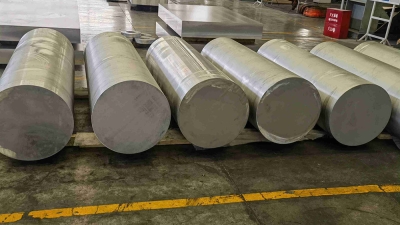Unique Applications of China Aluminum Forging in Modern Industries
Table of Contents
- Innovative Uses of Aluminum Forging in Aerospace Engineering
- The Role of China’s Aluminum Forging in the Automotive Industry
- Advancements in Aluminum Forging for Renewable Energy Technologies
- Applications of Forged Aluminum Components in Consumer Electronics
- How Aluminum Forging Enhances Structural Integrity in Construction
- Exploring the Future Trends of Aluminum Forging in Modern Manufacturing
- Unlocking the Strength: Why High Quality 6061 7075 T652 Aluminum Forging Bars Are Essential for Your Projects
- FAQS
- Conclusion
- Related Posts
Lately, 'China Aluminum Forging' has really started making a name for itself in the global metalworking scene. It’s become pretty important across a bunch of different industries, shaping many modern tech and manufacturing applications. I came across a report from Research and Markets that predicts the aluminum forging market will hit around $7.14 billion by 2027. This growth is mainly fueled by soaring demand from sectors like aerospace, automotive, and shipbuilding. Shanghai Miandi Metal Group Co., Ltd. is right there in the thick of it, offering a huge variety of aluminum products—from 1000 series to 8000 series—that are key for high-performance uses. The cool thing about aluminum is how lightweight yet super strong it is, making it perfect for stuff used in airplanes and space tech. All in all, China Aluminum Forging is proving to be pretty versatile and essential for keeping up with today’s industrial needs.
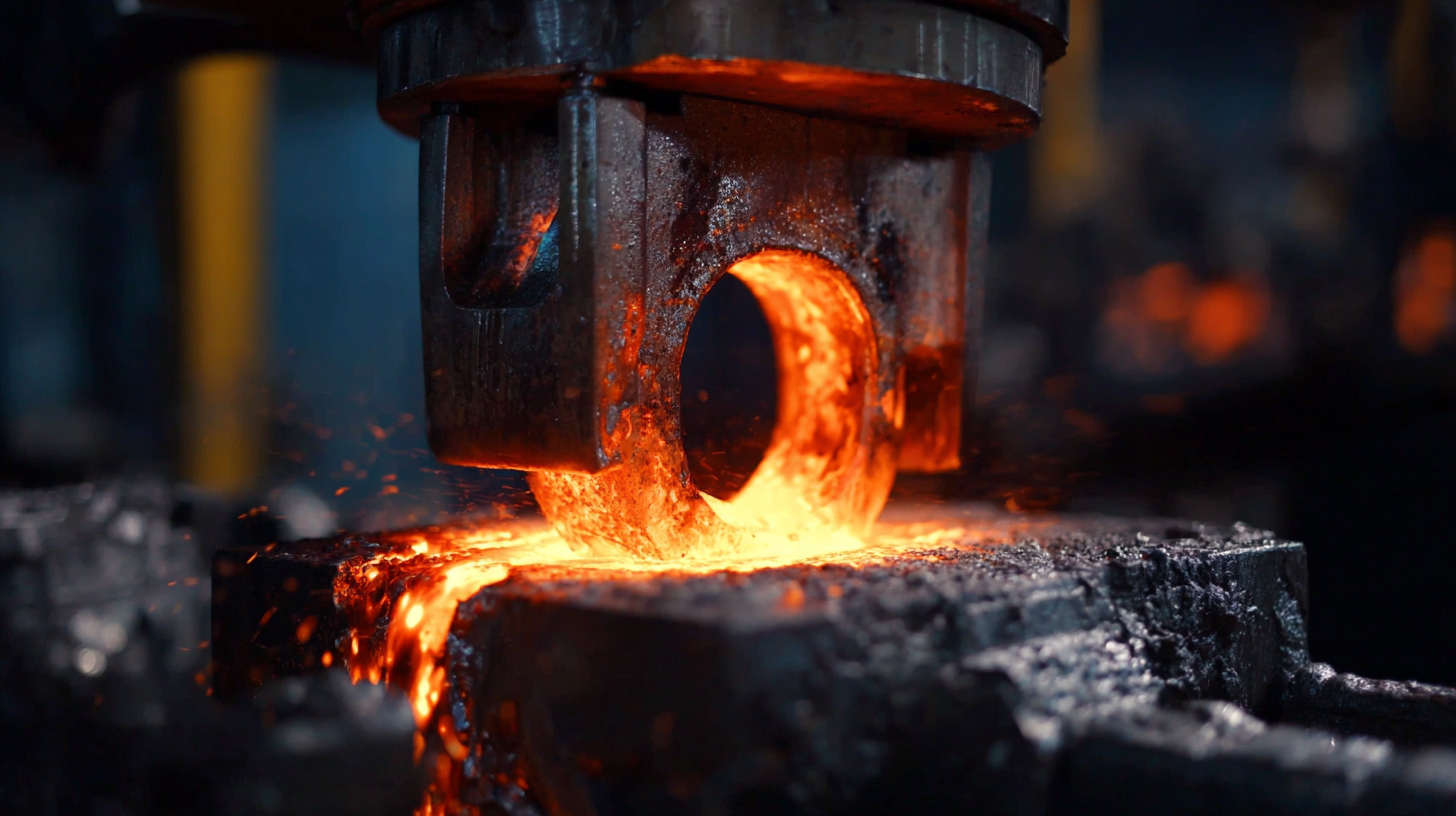
Innovative Uses of Aluminum Forging in Aerospace Engineering
You know, the way aluminum forging is being used in aerospace these days is really changing the game. Companies are looking for ways to improve efficiency and cut down on weight, and aluminum alloys are right at the heart of it all. I mean, these materials are awesome because they offer such a great strength-to-weight ratio, making them pretty much essential when building different parts of aircraft. Recently, I read a report about the U.S. metal forging market, and it’s pretty clear that aluminum—along with carbon and alloy steels—is a huge chunk of the raw materials used in aerospace. It just shows how important aluminum has become, especially as the industry pushes towards more sustainable practices.
Plus, there’s been some cool advancements in design and manufacturing, leading to lighter composite structures that are integrated with aluminum forgings. Since aircraft often have a lifespan of over 20 years, more companies are starting to adopt approaches that promote material reuse and recycling. It’s not just about making things better performance-wise—it’s also about being kinder to the environment. Some of these new forging techniques aren’t just about getting the job done more efficiently; they’re also about making materials easier to recycle, which is a step in the right direction for sustainability. All in all, the aluminum forging market is expected to see solid growth, driven by the increasing demand for aircraft that perform better and are built smarter.
The Role of China’s Aluminum Forging in the Automotive Industry
You know, China's aluminum forging industry has really taken off and become a key player in modern car manufacturing. These days, with everyone looking for ways to make vehicles lighter, aluminum is basically the go-to material for automakers, especially if they want to boost fuel efficiency without sacrificing strength. I recently read a report from ResearchAndMarkets that predicts the global market for aluminum auto parts might hit around $90 billion by 2026, and China is definitely a big part of that growth. The cool thing? Aluminum can cut a vehicle's weight by up to half compared to steel, which means huge savings on fuel. No wonder aluminum forging is such a big deal in the industry now.
Plus, forging aluminum opens up all sorts of design possibilities. You can create complex shapes that not only look good but also help improve how the car performs. And as carmakers add advanced driver-assistance systems or shift toward electric vehicles, using lightweight, high-strength materials like aluminum is more important than ever. The China Nonferrous Metals Industry Association (CNIA) reports that output of aluminum alloy parts for cars has been growing over 15% each year recently. That kind of growth really highlights just how crucial China's expertise is in supporting the push toward more sustainable and efficient vehicles—it's clear that China’s playing a leading role in the global auto supply chain.
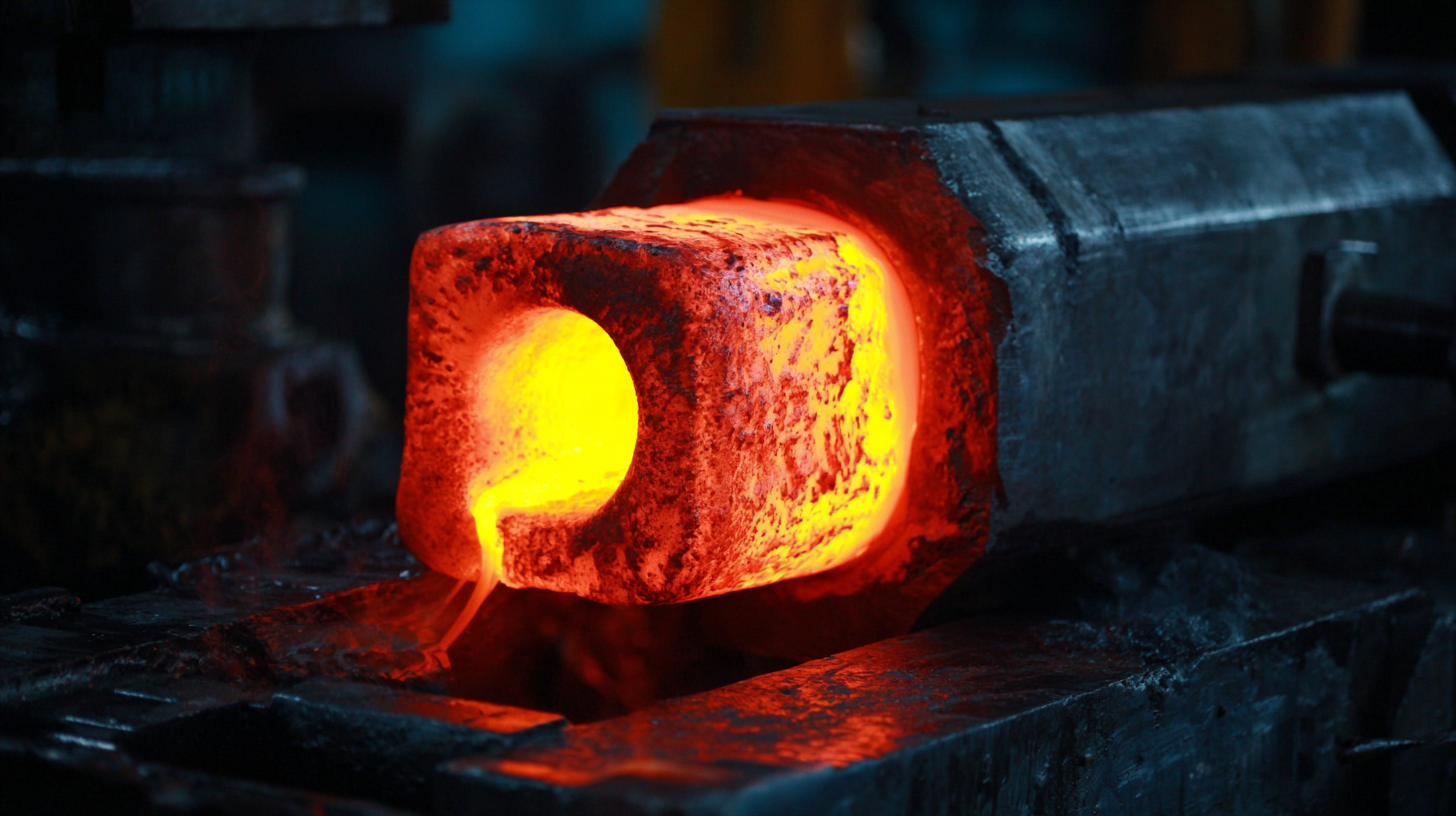
Advancements in Aluminum Forging for Renewable Energy Technologies
You know, the progress in aluminum forging technology has really made a big difference for renewable energy stuff. These days, we see more and more lightweight yet really strong forged aluminum parts being used in wind turbines, solar panel frames, and storage systems. Moving towards aluminum isn’t just about saving weight—it actually helps make the structures more solid and durable, which means they can perform better and last longer even in tough conditions.
When it comes to renewable energy, the great thing about aluminum forging is how it allows manufacturers to create quite complex shapes. This is super handy for designing wind turbine blades that are more aerodynamic and efficient. Plus, aluminum’s resistance to corrosion makes it perfect for solar applications, where durability really counts. As industries all over continue to push for greener and more sustainable solutions, it’s pretty exciting to see how aluminum forging is playing a key role. It’s like this cool combo of material science and green tech coming together — opening up all sorts of new, innovative energy solutions.
Unique Applications of China Aluminum Forging in Modern Industries
This bar chart illustrates the advancements in aluminum forging applications across various sectors, particularly in renewable energy technologies, highlighting trends from 2018 to 2023.
Applications of Forged Aluminum Components in Consumer Electronics
You know, integrating forged aluminum parts into consumer electronics has really changed the game when it comes to how devices are designed and how they work. Because it's lightweight yet incredibly strong, aluminum forging is becoming the go-to choice for making smartphones, laptops, and wearable tech. What’s cool is that with precise engineering, forged aluminum lets designers create really intricate shapes without sacrificing durability — perfect for sleek, modern gadgets that look as good as they perform.
One handy tip: When you're picking materials for your devices, think about using aluminum forging for parts that need to be both strong and lightweight. It’s a smart way to improve performance and make your gadgets last longer, all while keeping that stylish vibe.
And here's another thing I love about aluminum forging — its ability to conduct heat really well. That’s especially important for electronics. Parts like heat sinks and frames benefit a lot because forged aluminum helps dissipate heat efficiently, stopping devices from overheating. This doesn’t just keep things running smoothly; it also helps your gadgets stay in good shape longer.
So, if heat management is a big deal in your project, going with forged aluminum can actually boost reliability and make users happier in the long run.
How Aluminum Forging Enhances Structural Integrity in Construction
When it comes to modern construction these days, keeping everything structurally sound is a top priority. And honestly, the way aluminum forging is being used in these projects is really shaking things up and setting new industry standards. High-rise buildings and complex structures can actually benefit a ton from aluminum forging because it’s lightweight but super strong—talk about a win-win. This trend lines up pretty well with what’s happening in the overall steel framework market, which, by the way, hit over 600 billion yuan in China alone in 2024. That just shows there’s growing demand for sturdy materials that can handle all kinds of stresses.
Oh, and get this — the global market for structural health monitoring is expected to jump from about 1.88 billion USD in 2025 to over 4 billion USD by 2033, growing at around 10% annually. That’s a big deal because it points to the need for materials that do more than just support structures — they also help keep them safe, thanks to smart monitoring tech. By using aluminum forging, engineers can craft parts that are tough against environmental challenges and also contribute to more sustainable building practices. As cities keep expanding and urbanization accelerates, these kinds of advances are definitely going to be key in making sure our structures are not just impressive but also built to last, meeting the demands of today’s society.
Unique Applications of China Aluminum Forging in Modern Industries
| Application Area | Benefit of Aluminum Forging | Structural Integrity Enhancements | Common Uses |
|---|---|---|---|
| Aerospace | Lightweight yet strong components | Increased fuel efficiency | Aircraft frames, engine parts |
| Construction | Durability and corrosion resistance | Enhanced lifespan of structures | Structural beams, frames, supports |
| Automotive | Weight reduction for improved performance | Safer and more efficient vehicles | Chassis components, wheels |
| Marine | Resistance to saltwater corrosion | Longer life of marine structures | Boat hulls, fittings |
| Electronics | Excellent thermal and electrical conductivity | Improved reliability of devices | Heat sinks, enclosures |
Exploring the Future Trends of Aluminum Forging in Modern Manufacturing
You know, the world of modern manufacturing is going through some pretty exciting changes these days—especially in the aluminum forging side of things. As more companies science their focus on being eco-friendly, we're seeing some pretty cool tech innovations popping up in how aluminum is forged. It’s all about making lightweight yet sturdy materials, which is a total game-changer for industries like automotive and aerospace where saving fuel and boosting performance really matter. And honestly, new forging methods are not just making aluminum stronger—they’re also letting us create complex shapes and designs that, not so long ago, seemed impossible.
Plus, with sustainability becoming such a big deal, it’s pushing companies to really step up their game. They’re investing in greener manufacturing practices—like sourcing eco-friendly materials and using energy-efficient forging techniques. The focus on cutting down carbon emissions and wasting less stuff is completely changing the way things are made. Because of that, aluminum forging is really gaining traction among those who want to be more environmentally responsible. All these trends are coming together, and I genuinely believe that aluminum forging is going to play a major role in the future of manufacturing, combining innovation with a sense of doing the right thing. It’s an exciting time to be in this industry, no doubt.
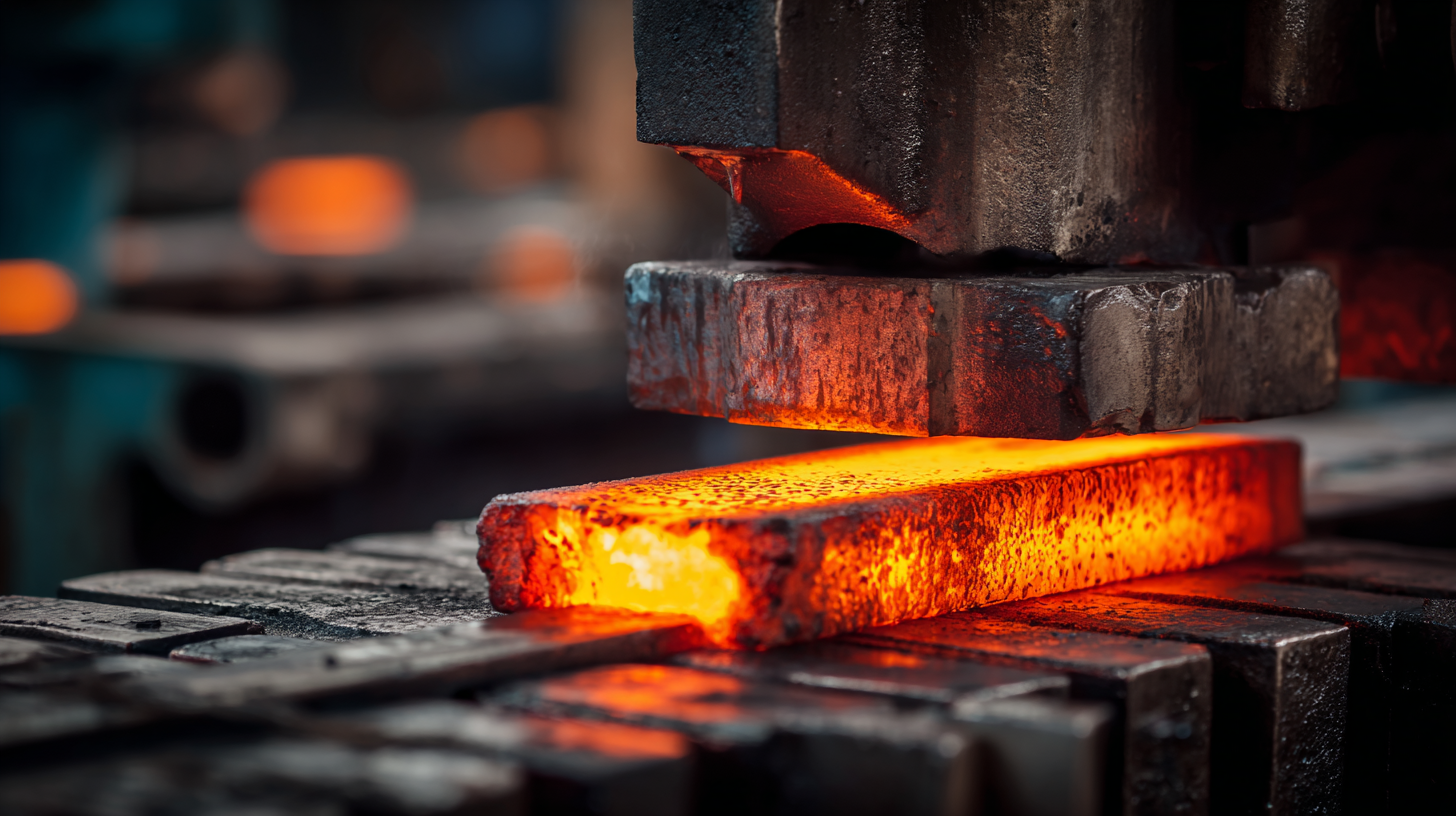
Unlocking the Strength: Why High Quality 6061 7075 T652 Aluminum Forging Bars Are Essential for Your Projects
When it comes to material selection in demanding engineering projects, the choice of aluminum can make a significant impact on performance. High-quality aluminum forging bars, particularly those crafted from 6061 and 7075 T652 alloys, are essential components that can elevate your project's strength and durability. These materials are renowned not only for their exceptional strength but also for their resistance to corrosion, making them ideal for a wide range of applications, from aerospace to automotive manufacturing.
Our forged rods stand out due to their ability to withstand intensive forging processes. The superior qualities of 6061 and 7075 T652 aluminum mean that professionals in the forging industry can depend on them for reliable and consistent results. Investing in these high-quality aluminum bars ensures that your projects are not only robust but also capable of meeting stringent industry standards. As industries continue to push the boundaries of what is possible with materials, choosing the right forging bars is crucial for success, and our aluminum products are engineered to deliver the performance needed in today's competitive landscape.
FAQS
: Aluminum forging is essential in the automotive industry as it allows for the creation of lightweight components that improve fuel efficiency and maintain structural integrity. Aluminum can reduce vehicle weight by up to 50% compared to steel, resulting in significant fuel savings.
The global aluminum automotive parts market is projected to reach USD 90 billion by 2026, with China being a key contributor to this growth.
The output of aluminum alloy forgings in the automotive industry has grown by over 15% annually in recent years, highlighting the increasing demand for lightweight materials.
Aluminum forging enhances the performance and efficiency of renewable energy technologies by providing lightweight yet strong components, which improves energy efficiency and longevity in applications such as wind turbine structures and solar panel frames.
Aluminum is preferred for renewable energy applications due to its excellent corrosion resistance, which enhances durability in harsh environments, and its ability to facilitate complex geometries that maximize aerodynamic performance.
Aluminum forging improves consumer electronics by providing lightweight, strong components that allow for intricate designs while ensuring durability. This is particularly useful for smartphones, laptops, and wearable technology.
Forged aluminum exhibits excellent thermal conductivity, which is crucial for components like heat sinks and frames, allowing for efficient heat dissipation and extending the life of electronic devices.
Manufacturers should consider aluminum forging for parts requiring high strength-to-weight ratios to enhance performance and longevity while maintaining a stylish appearance.
Aluminum forging supports sustainable practices by providing lightweight, durable materials that enhance energy efficiency, whether in automotive, renewable energy, or consumer electronics sectors.
Conclusion
Hey, I was reading this blog called "Unique Applications of China Aluminum Forging in Modern Industries," and honestly, it’s pretty fascinating how widespread aluminum forging has become across so many different fields. They talk about how it’s really pushing the envelope in aerospace, car manufacturing, and even renewable energy tech. And as China’s aluminum forging tech keeps getting better, it’s making a real difference — like boosting the performance and efficiency of parts in these industries. Plus, it’s not just big industries that benefit; forged aluminum is also a key player in consumer gadgets, helping make devices lighter but still durable enough to handle daily use.
And get this — the strength and stability that aluminum forging provides are super important for building things too. It helps make structures safer and more resilient. With all the latest advances and what's coming next, industries are definitely going to rely more and more on aluminum forging, especially with China ramping up its manufacturing game. A great example of this is Shanghai Miandi Metal Group Co., Ltd. — they’re really leading the way, offering a bunch of aluminum products that support cool stuff like aviation and shipbuilding.
It’s pretty exciting to see how all these parts fit together, right?
Related Posts
-

Understanding Import Export Certifications for Best Al 2024-T351 with a Step by Step Guide
-
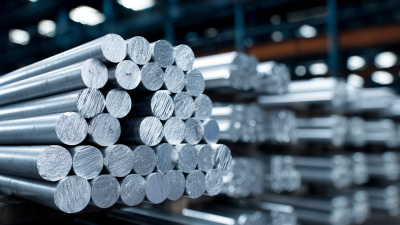
Top Strategies for Sourcing Affordable 6061 T6 Aluminum in the Global Market
-
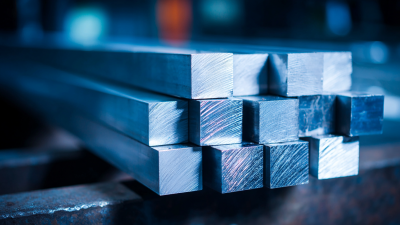
Ultimate Guide to Sourcing Customized 6082 T6 Aluminum Bars for Global Buyers
-

Innovative Solutions for Choosing the Right China Aluminum Plate Manufacturers
-

T6526 Ultimate Guide to Transforming Your Supply Chain Efficiency
-

Navigating Import and Export Certifications for Best 6061 Aluminum Alloy Products in Global Markets
Blog Tags:


